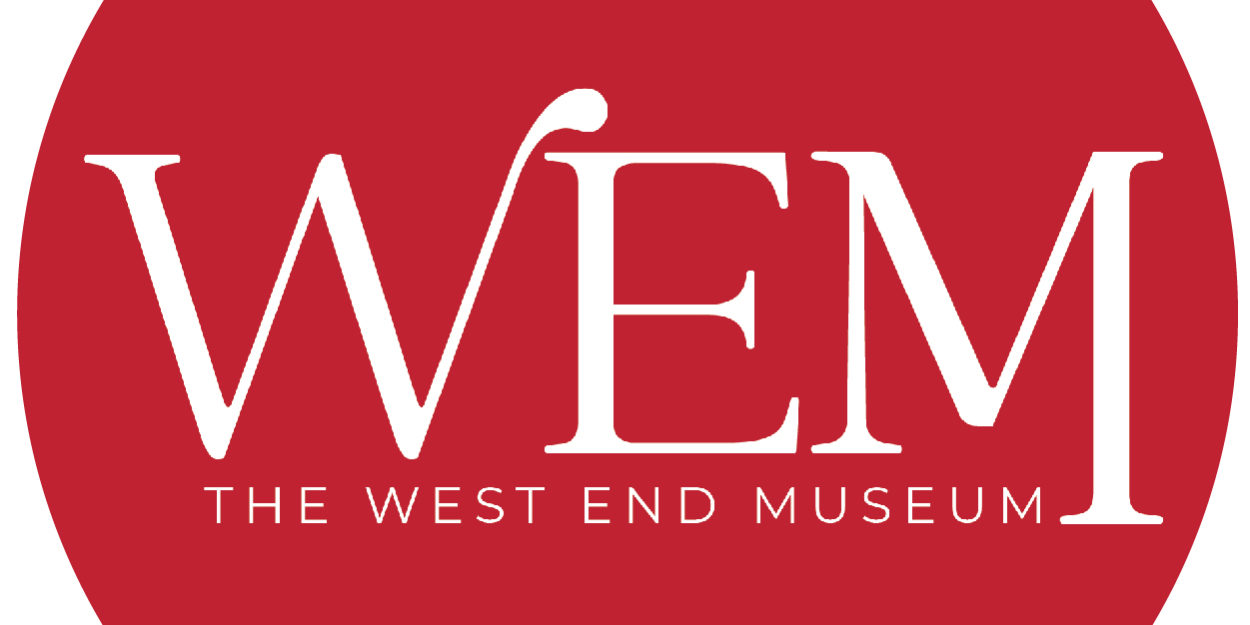Rope-Making Industry of Old West End Comes to Life in New Exhibit
Just a decade after settlement in 1630, Boston had established its first shipyard big enough to launch a 160-ton merchant vessel, the Trial. At the same time, the rope-making industry grew right along with Boston’s nautical fortunes. From the mid-17th century to the end of the 19th century, the rope-making industry thrived in Boston. Ropewalks-long, narrow plots with covered walks and sheds that housed rope-making facilities-dotted the landscape of West Boston and supplied rope primarily for seafaring vessels. The memory of these structures had been preserved in the street layout of the old West End, a topography that largely disappeared in the urban renewal of the 1950s.
“The making of rope for outfitting ships was of utmost importance to the maritime economy of old Boston,” says Duane Lucia, executive director of the West End Museum. “Because of its undeveloped pasture land, more than half of the town’s ropewalks were located in West Boston, current day Beacon Hill and the West End.”
The West End Museum sits only a block away from the site of James Barton’s ropewalk in the West End and not much more than that from the ropewalk that supplied the U.S.S. Constitution with its 720-foot, 22-inch diameter anchor cable. That cable weighed some 15,000 pounds when a fife and drum corps and 293 men paraded it from the West End to Hartt’s shipyard in the North End (now the Coast Guard Station) in 1797.
Ropewalks of the West End and Beyond-an exhibition running in the Main Exhibit Hall of the West End Museum now through August 18-celebrates the history, vitality and economic significance of Boston’s rope-making industry with graphic and model renderings, interactive displays, artifacts, videos and more. In colonial and federal Boston, rope was made by hand in the ropewalks. Men walked backwards away from a spinning wheel twisting handfuls of hemp into a long coil bound together by flammable tar, a risky venture. In fact, one of the city’s most serious fires destroyed six ropewalks as well as 96 other buildings in 1794.
The Museum’s exhibition highlights the arrival of John Harrison from England to establish the Boston’s first “rope field” in 1642 and traces the progress of the city’s cordage industry through the American Revolution, when ropewalkers and their tools figured in the Boston Massacre and the tarring and feathering of unpopular Tories. Maps, prints and sketches depict the ropewalks of old and track their gradual push to the periphery of the city as a result of fire and residential development. Bird’s-eye views show the 19th century facilities that grew up near the Fens and in the South End and compare them with similar factories in Plymouth and New Bedford.
The exhibition also features a 20-foot long scale model of a typical ropewalk fashioned after the Plymouth Cordage ropewalk of 1824, part of which still exists at the Mystic Seaport Maritime Museum. Other displays show rope-making tools and artifacts alongside related artwork, photographs and letters and explain the process of making rope and why it took a building a quarter-mile long to make a rope some 800 feet in length. Visitors can try their hand at making rope as well as follow the history of rope making via video presentations, some of which feature the ropewalk at Charlestown Navy Yard, America’s only complete surviving representative of these iconic structures.
Concurrent programs include film screenings and guided walking tours that offer the chance to discover firsthand the remnants of the ropewalks’ footprints on the West End and other areas of the city and explain why they continually suffered from the threat of fire and succumbed to the expansion of the city. For details on these events, visit thewestendmuseum.org/upcoming and thewestendmuseum.org/tours.
Archival imagery and artifacts in the exhibition are supplied by: The Print Department and Norman P. Leventhal Center at the Boston Public Library, Mystic Seaport Museum, Plymouth Cordage Museum, NPS Charlestown Navy Yard, Massachusetts Historical Society, Bostonian Society, Boston Athenaeum, Fenimore Art Museum of the New York State Historical Society and the University of Virginia Art Museum.

